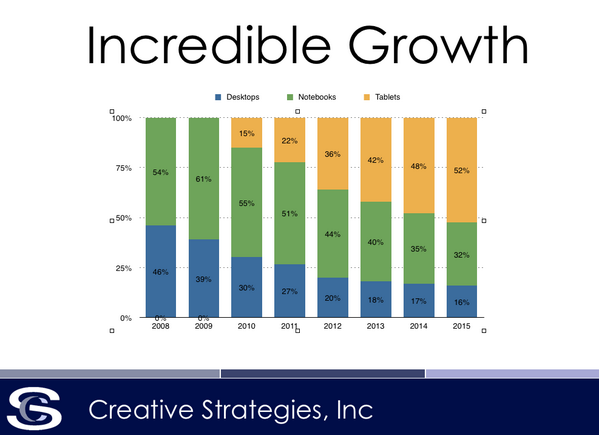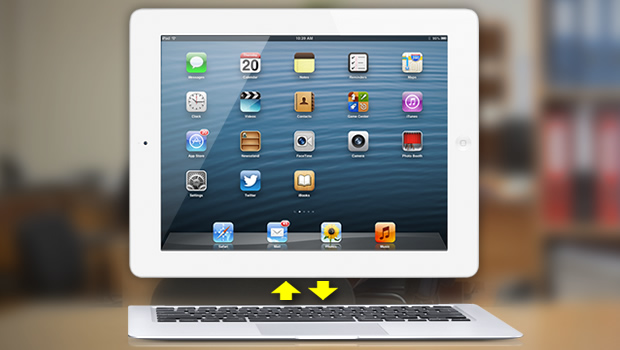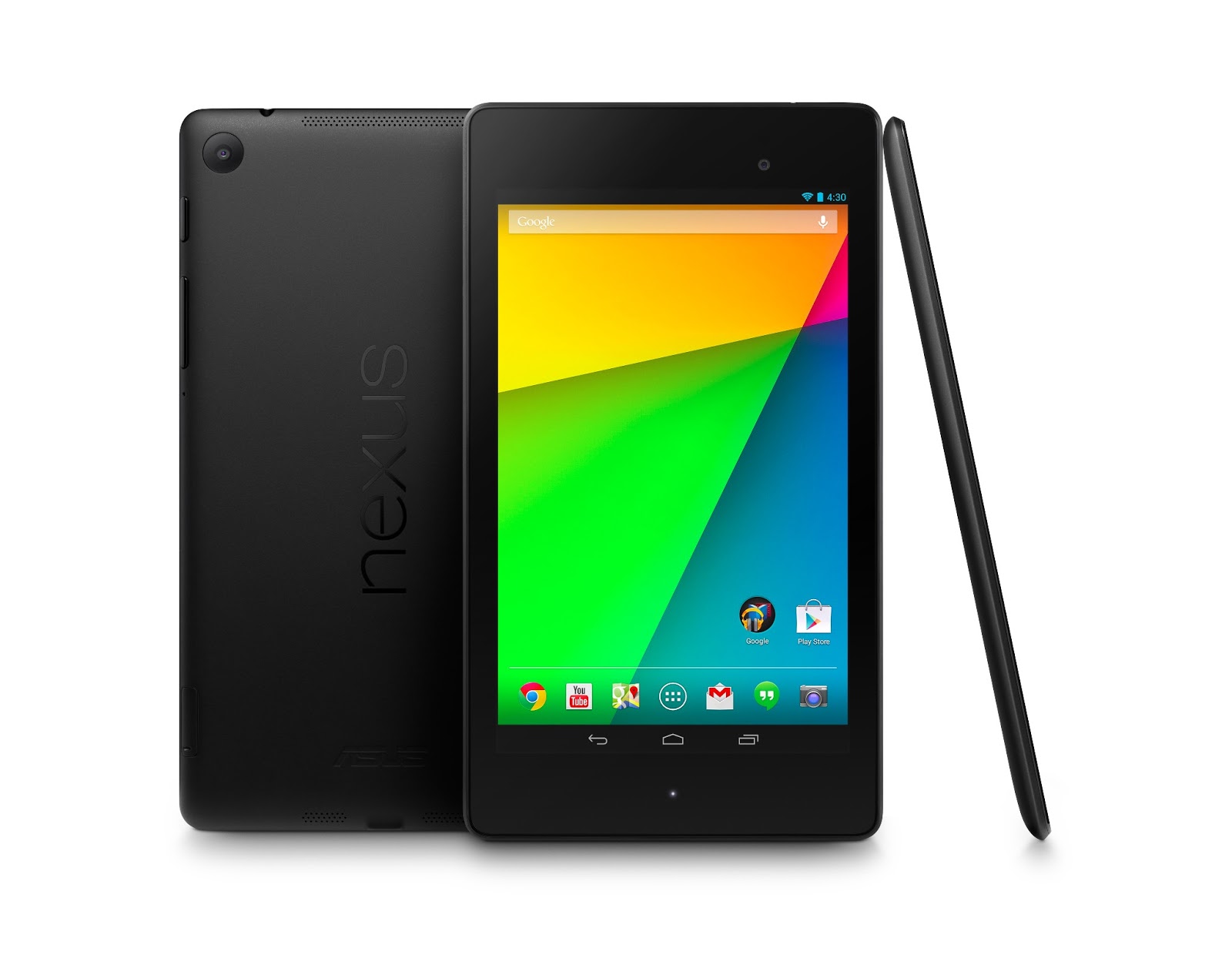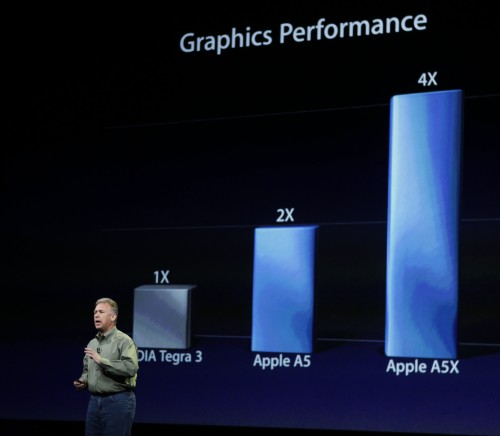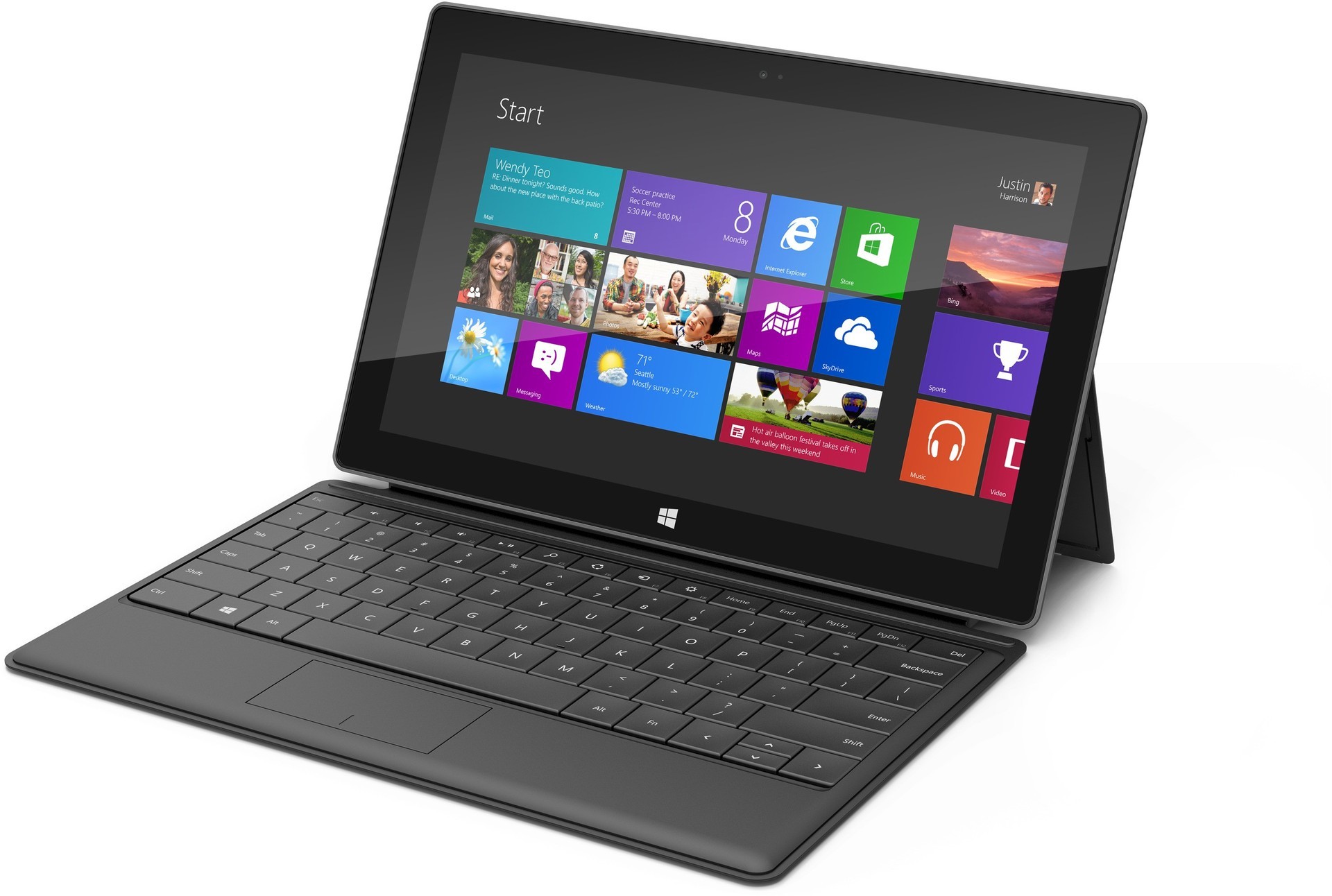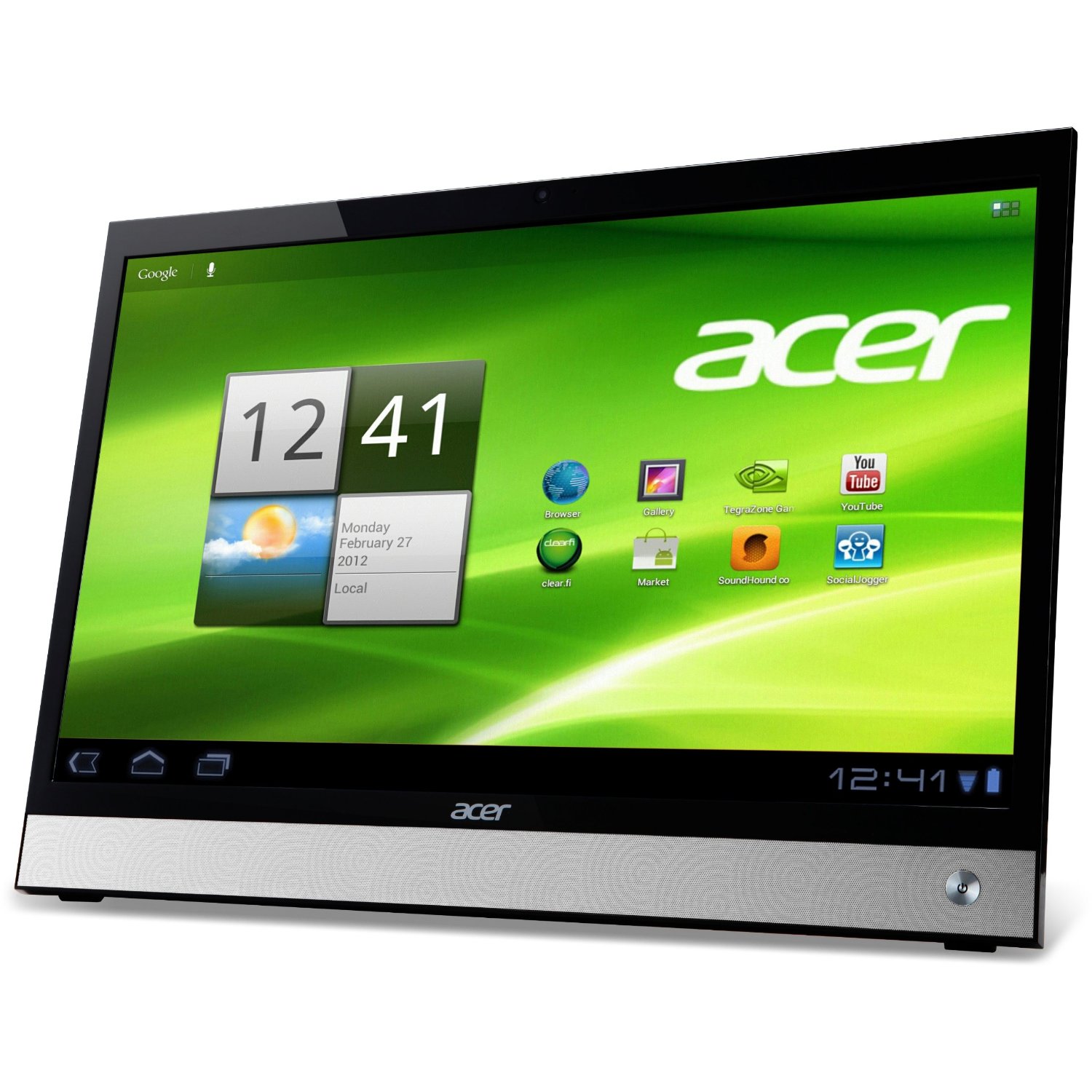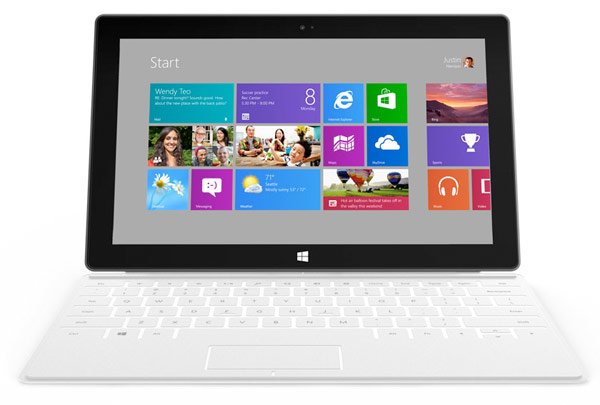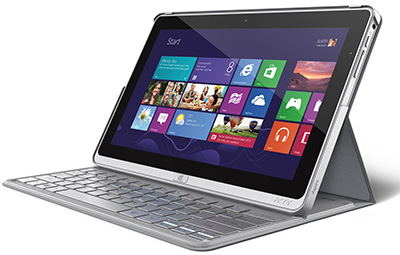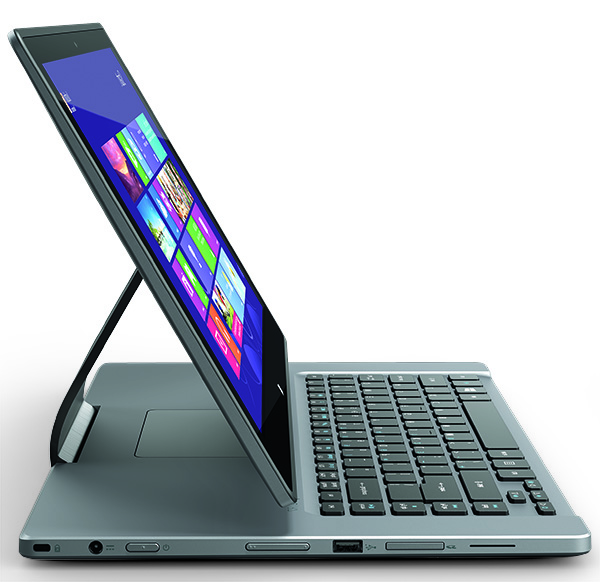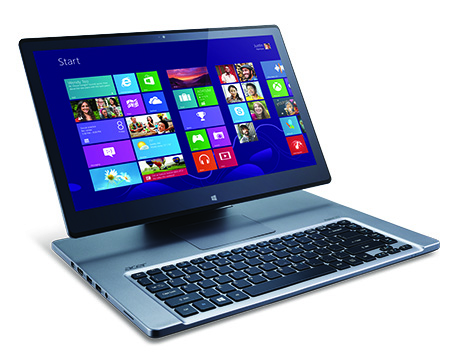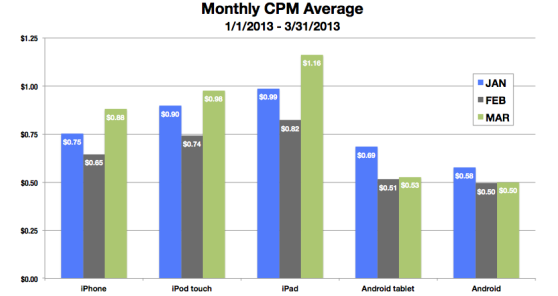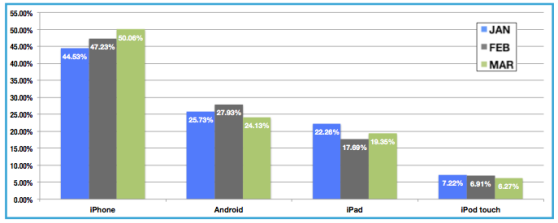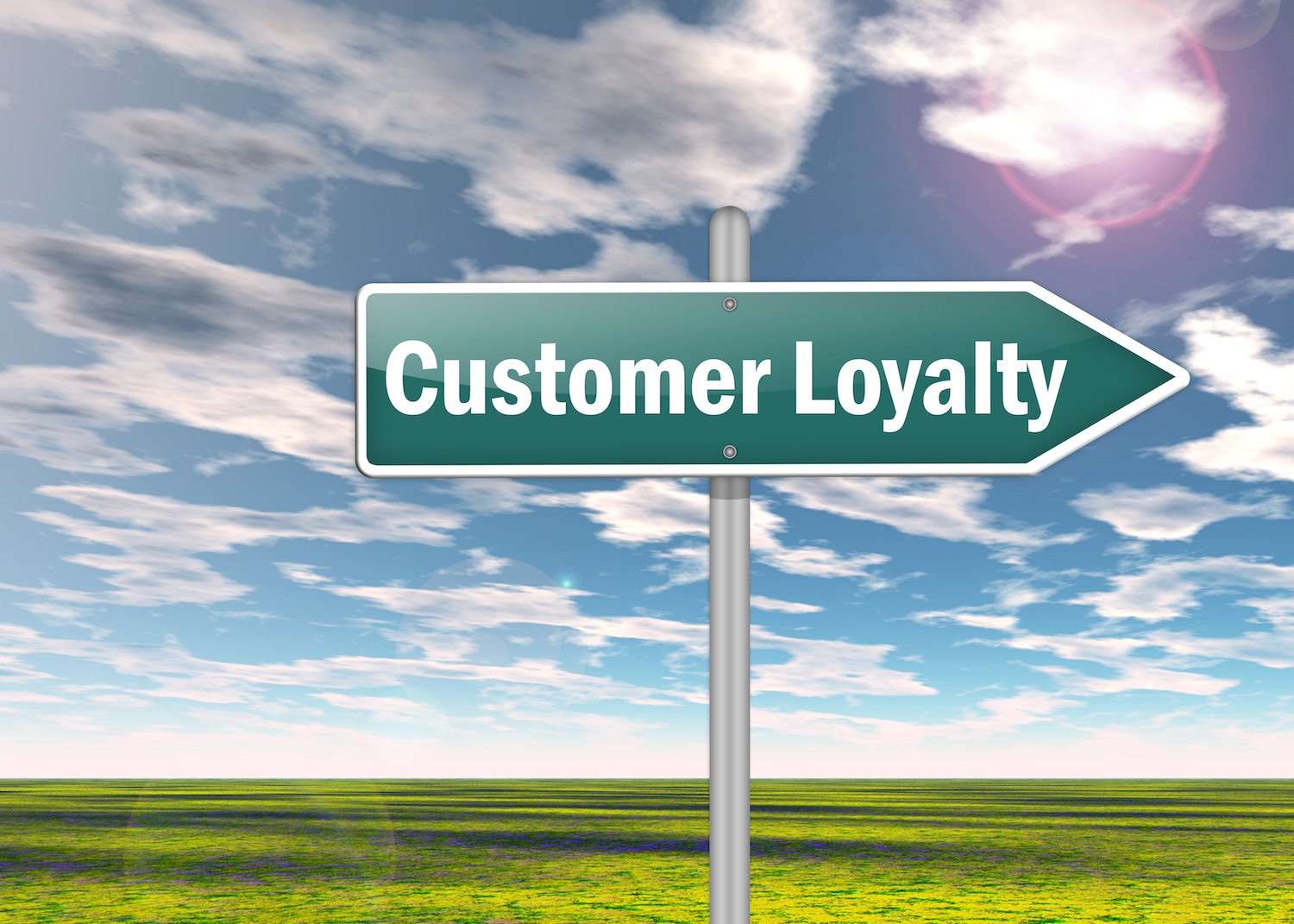I vividly remember when the iPad first hit the scene. Much of the commentary at the time ranged from confused, to skeptical, to wildly optimistic and then some. However, very few people truly grasped the underlying shift to the touch-based computing paradigm that was underway. In fact, throughout a good portion of the tablet computer’s life, the form factor has continually fallen short of its full potential. Most were convinced this device could never be a productivity machine. These folks missed the broader reality that many millions of people were being extremely productive on their smartphones using a touch-based operating system and generations of young people would grow up with an intense familiarity and comfort level using touch-based systems as their primary computing platforms. It was this broader shift of workflows, from a mouse and pointer to ones which used touch, that I articulated in one of my first public columns back in 2010. “From Click to Touch – iPad & the Era of Touch Computing”:
It is interesting to have observed the barrier to computing a keyboard and mouse have been for so long. I was always amazed at how older generations stumbled with a keyboard and mouse, or how the biggest hurdle of learning computers for my children was the keyboard and mouse. Even my youngest, who had issues with the mouse and is just learning to read, is operating the iPad with ease and engaging in many learning games she couldn’t on the PC with the traditional peripherals. Think about the developing world and the people who never grew up with computers the way we in America have with a mouse and keyboard. How much more quickly will they embrace touch computing?
This point, which I have expanded on and further articulated through the years, has served as the basis of my bullish view on the tablet’s potential. Touch-based operating systems, built from the mobile/smartphone experience, eliminate the complexity that exists with Windows and macOS and makes computing more accessible to the masses who are, admittedly, not the most technology literate people. Mobile operating systems like iOS and Android abolish the need for tech literacy classes yet still yield the same potential end results in creativity and productivity as any desktop OS.
In the years since the iPad’s launch, the broad observation of the power in touch/mobile operating systems has manifested itself with Windows and the PC ecosystem creating products more like tablets, Apple with the iPad Pro, and now Samsung with the Galaxy Tab S3 just announced at Mobile World Congress looking to make tablets more like PCs.
However, now we are several years down the road. My concern is tablets have not gained as much ground on the PC as the PC has gained on tablets. It’s true iPad has tens of thousands of dedicated apps and both iPad and Android tablets are utilized in enterprises for mobile workforce computers but, when it comes to the average consumer, they are still not turning from their PCs to iPads or Android tablets as a replacement. In a research study we did in the second half of 2016 on consumers usage and sentiment around PCs and tablets, 67% of consumers had not even considered replacing their PC/Mac with an iPad or Android tablet.
As you may have seen, the tablets trend line is not encouraging.
While it is true the PC trendline isn’t much better, over the past year or so a fascinating counter-trend has been happening in the PC industry. The average selling price of PCs is actually increasing. In the midst of the tablet decline, many consumers are realizing they still need a traditional laptop or desktop and are spending more on such computers than in many years past. Our research suggests a key reason is because consumers now understand they want a PC which will last since they will likely keep it for 6 years or more. They understand spending to get a quality product, one that won’t break frequently or be a customer support hassle, is in their best interests and they are spending more money on PCs than ever before. This single insight is a key source of my concern for the tablet category.
Another key data point in the tablet and PC conversation is how the tablet continues to fall by the wayside when it comes to the most important device to consumers. While the smartphone is the obvious choice consumer pick as most important, the tablet still ranks lower than both desktops and laptops — this is true of iPad owners as well. Tablets and the iPad have yet to overwhelmingly move from luxury to necessity for the vast majority.
I’m still as bullish as ever on the tablet’s potential. However, my concern is consumers may be extremely stubborn and lean heavily on past behavior and familiarity with PCs instead of going through the process to replicate the workflows and activities they did on their PCs and transition to tablets. This is a year where Apple needs to take great strides in software around iOS for iPad if they want the iPad to become more than it is today and truly rival the PC in the minds of the consumer. While tablets have no doubt grown up, they still have a little more growing to do if they want to truly challenge the PC and Mac.
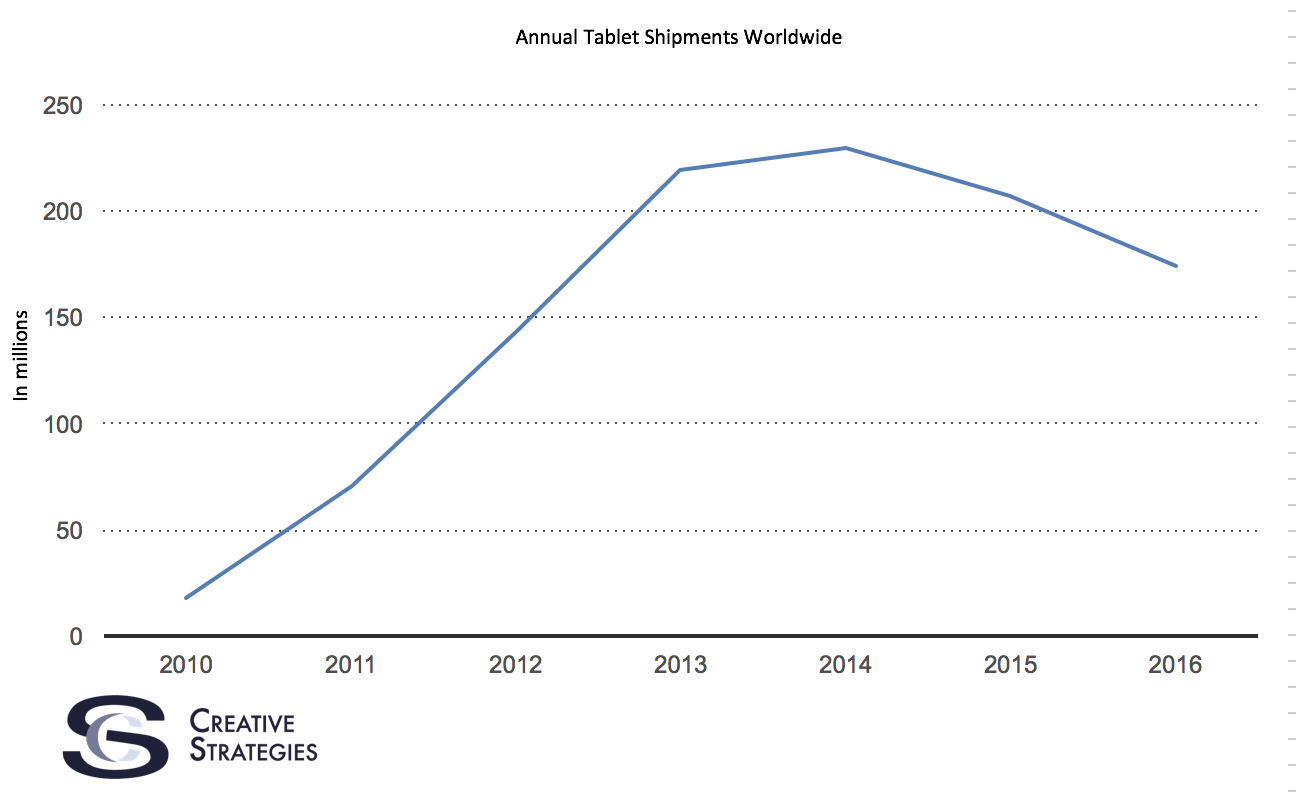

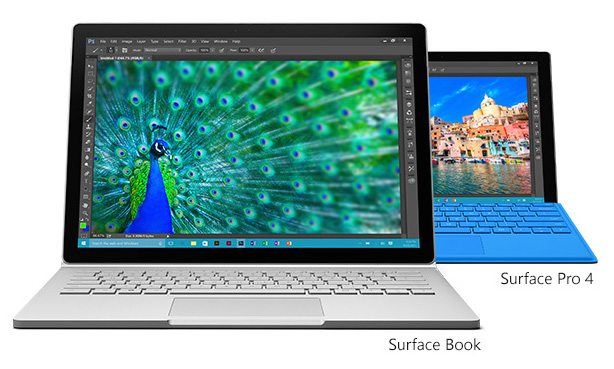
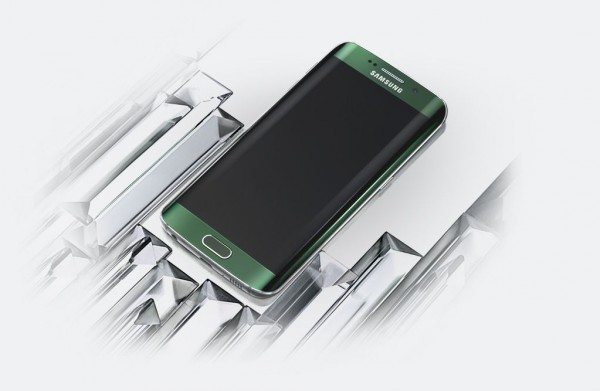
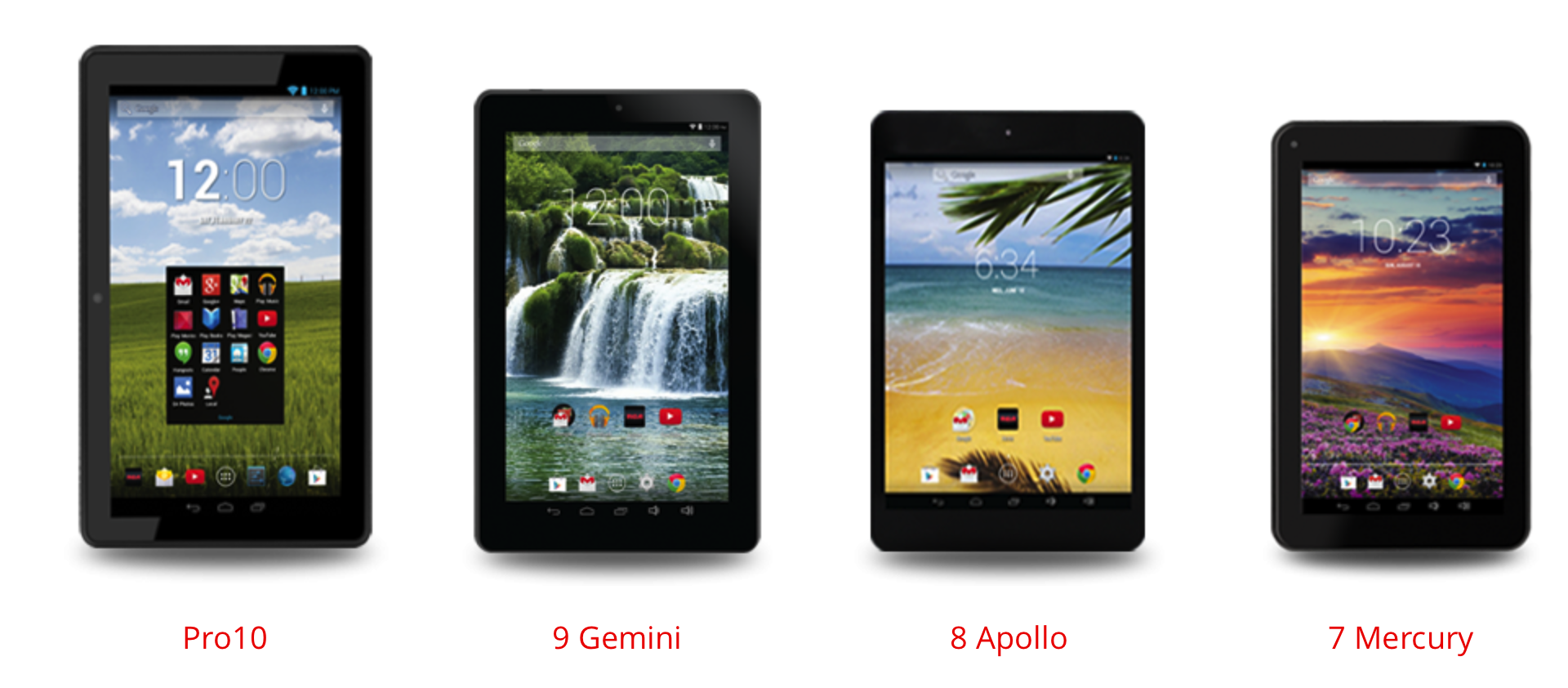
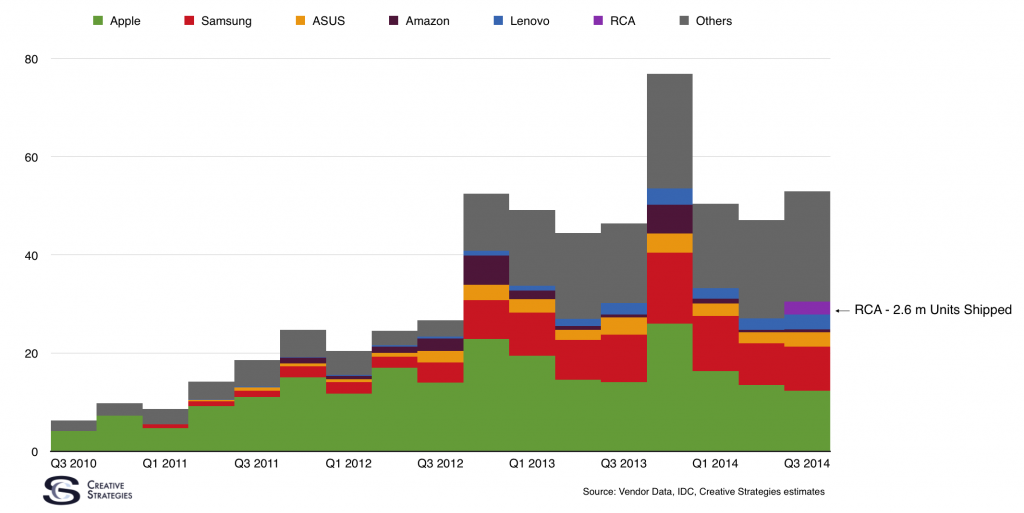
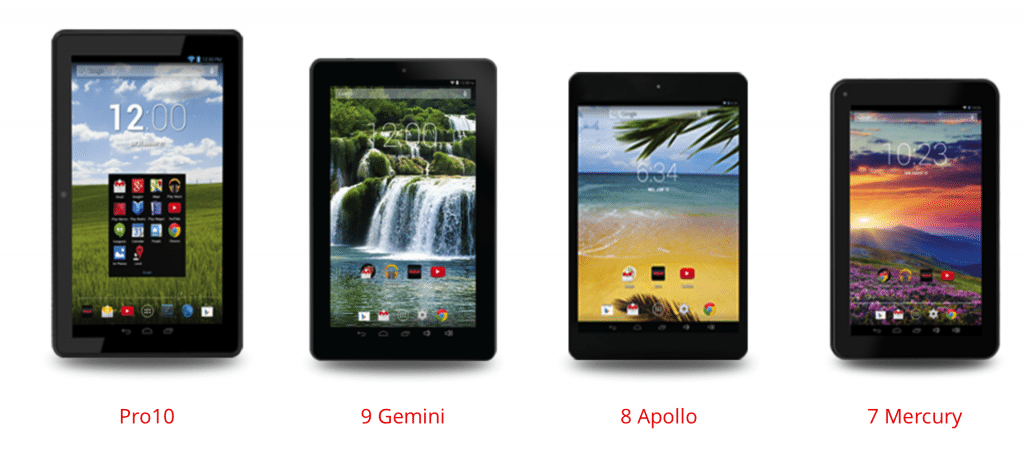

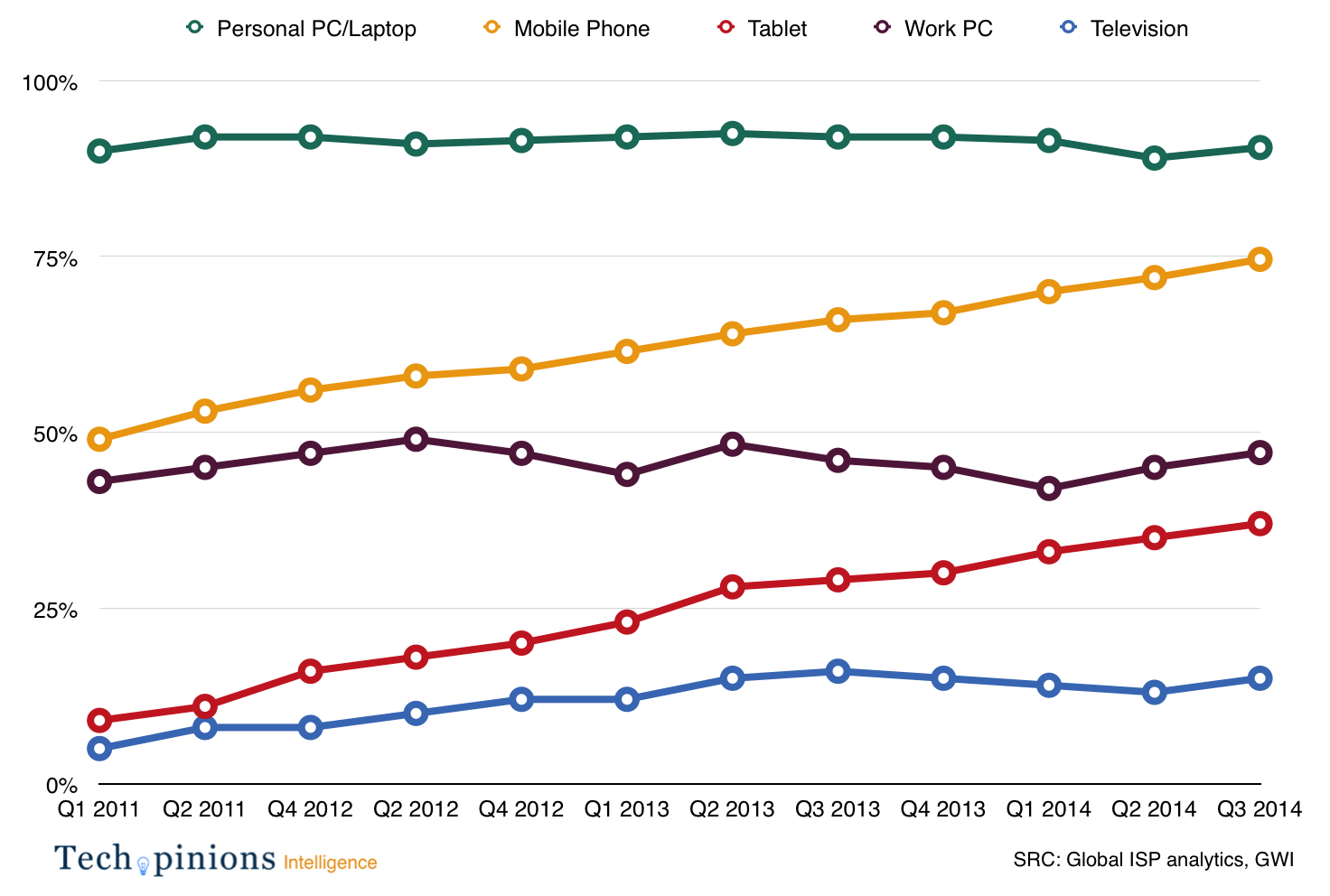

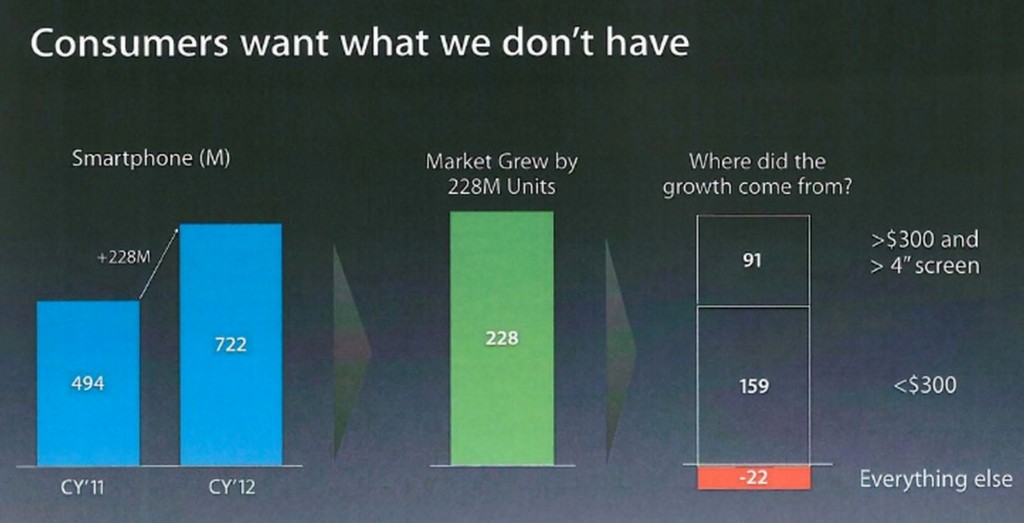
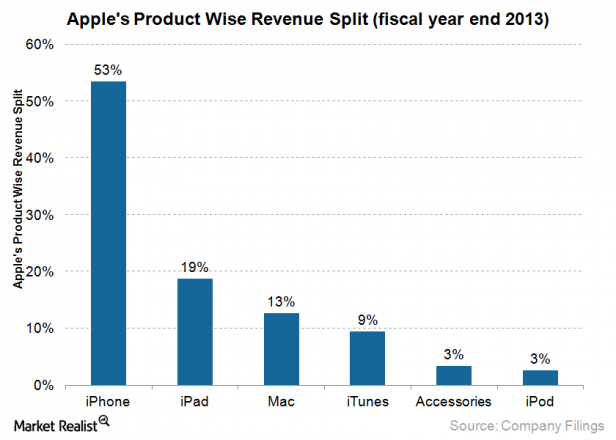

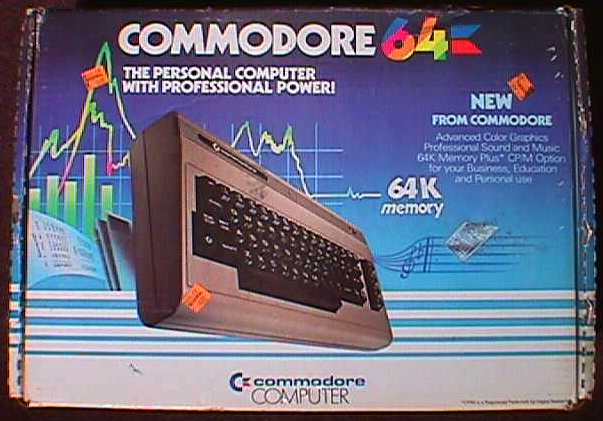
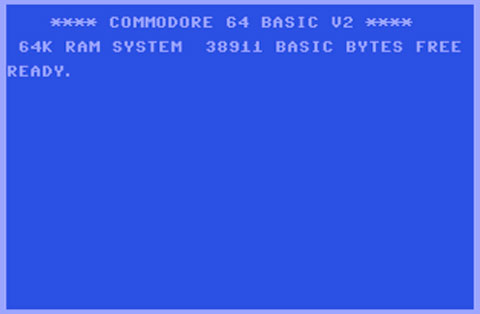


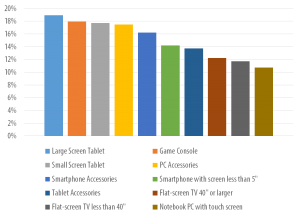
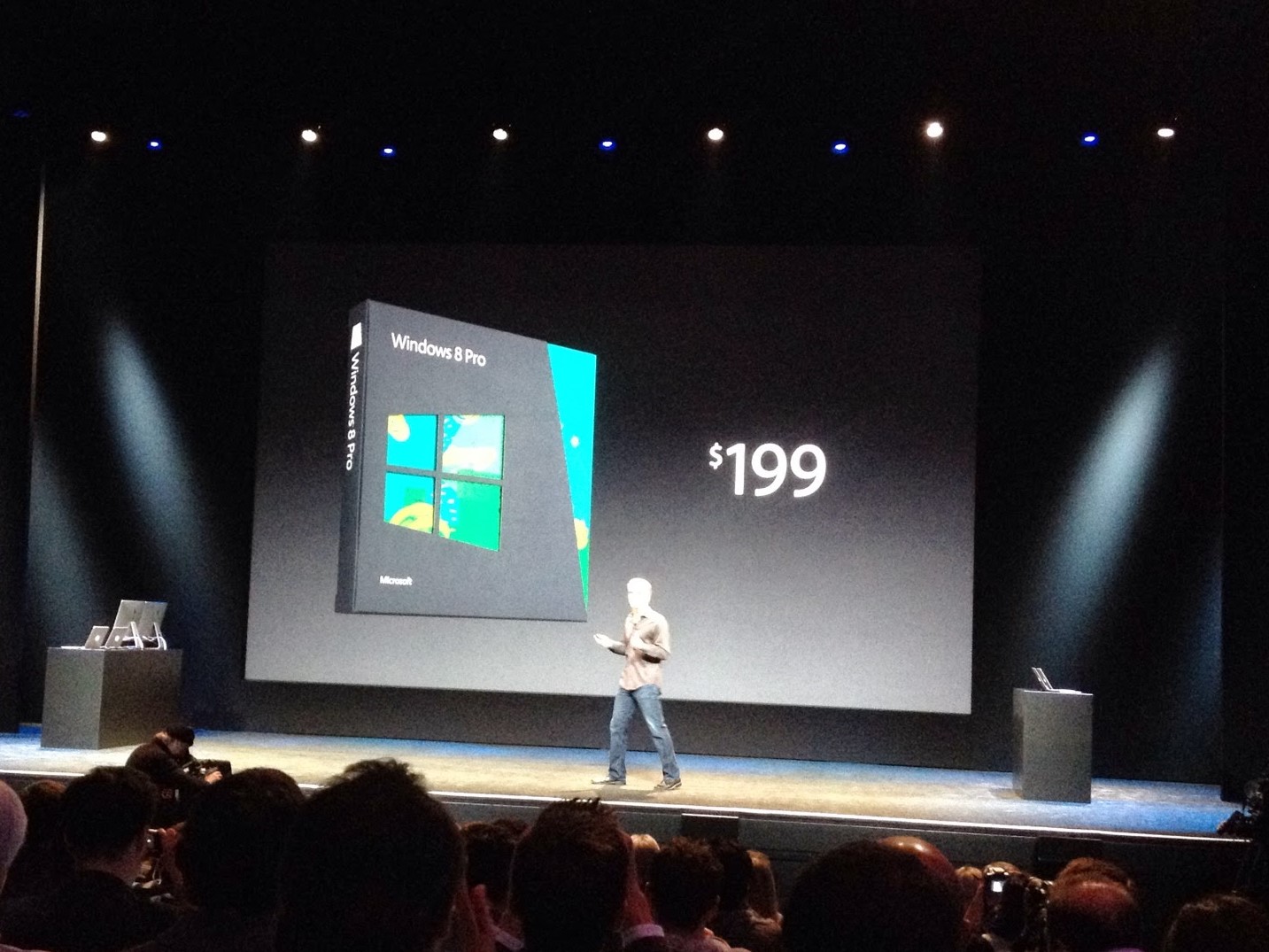
 rkstation. Consider for a second that it costs $120 to upgrade from MS Windows 7 or Vista to Windows 8.1 and an MS Office 365 license costs $99 per year or $300 over a three year period. I believe this will make a difference to desktop software in the long-term.
rkstation. Consider for a second that it costs $120 to upgrade from MS Windows 7 or Vista to Windows 8.1 and an MS Office 365 license costs $99 per year or $300 over a three year period. I believe this will make a difference to desktop software in the long-term.
 Agreed.
Agreed.
 I define the word “Geek” as, well, pretty much anyone who is reading (or writing) this article. We’re not like real people.
I define the word “Geek” as, well, pretty much anyone who is reading (or writing) this article. We’re not like real people. 